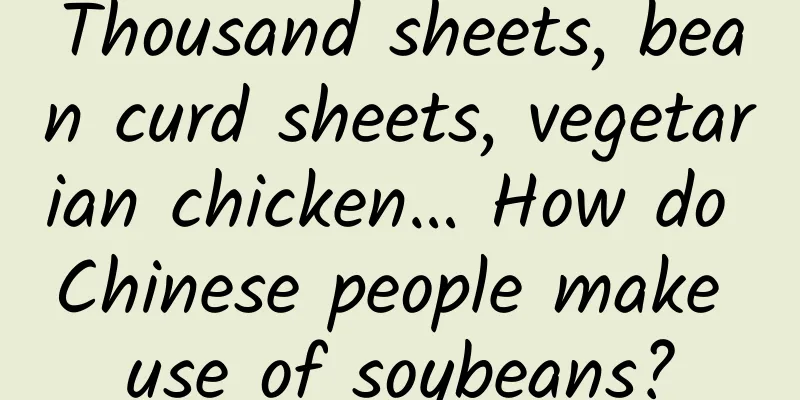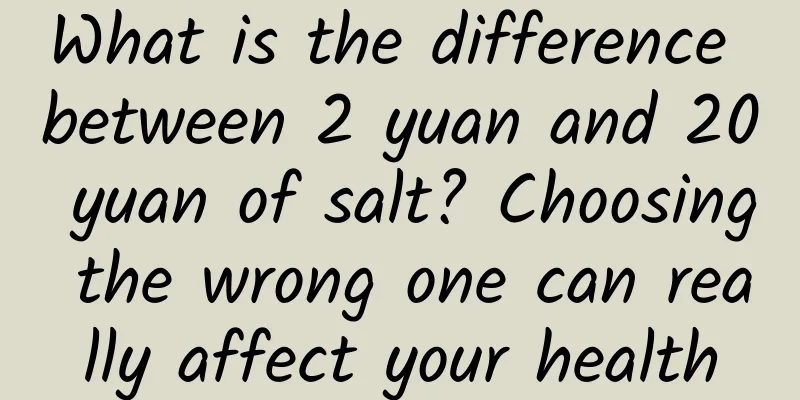Does Qiang Huo cure kidney deficiency?

|
Qianghuo is very helpful for human body pain. It can be found in some pain-relieving ointments, one of which is Qianghuo. In addition to relieving pain, Qianghuo’s effects and functions are also very helpful in the treatment and prevention of some other diseases. Qianghuo's ability to dispel cold is better than Fangfeng's, so even though the effects of the medicines are similar, their medicinal strengths are different, which requires the Chinese medicine practitioners to be familiar with the medicinal effects of various Chinese herbal medicines. Does Qiang Huo cure kidney deficiency? Qianghuo has the effect of nourishing the kidney and strengthening yang. It can alleviate symptoms such as bedwetting, frequent urination, urgency, cold pain in the waist and knees, and asthma caused by kidney deficiency. Notopterygium wilfordii, also known as Qiangqing, Protector of the Qiang, King of Hu, Qianghua, Retreat from Wind, and Black Medicine, is a perennial woody plant of the Apiaceae family and Notopterygium genus. It can reach 120 cm in height, with thick rhizomes, upright, cylindrical stems, and bluish-purple color. It blooms in July and bears fruit in August-September. The rhizomes and roots of Notopterygium wilfordii are of efficacy and function. They are mainly distributed in Shaanxi, Sichuan, Gansu, Qinghai, Tibet and other regions of my country, and grow in forest edges and bushes at an altitude of 2000-4000 meters. The efficacy and function of Qianghuo: 1. Used to treat various joint pains. One of the major effects of Qianghuo is that it can eliminate rheumatism. It is very effective in treating systemic joint pain, neck pain, back pain, spinal joint pain, etc. caused by rheumatism. Based on this kind of work experience, in recent years, it has been used to treat rheumatoid arthritis, rheumatic fever, rheumatoid arthritis, etc., and has achieved certain results. It is often used together with Duhuo, cinnamon twig, white peony root, safflower, Clematis, Saposhnikovia divaricata, Rhizoma Anemarrhenae, Coix seed, and turpentine. Qianghuo and Duhuo are different in their ability to relieve rheumatism. Qianghuo focuses on curing rheumatism in the upper body, and is good at treating pain in the spine, neck, head and back; Duhuo focuses on curing rheumatism in the lower body, and is good at treating pain in the waist, legs, feet and shins. Qianghuo and Guizhi can both dispel wind and cold, but Qianghuo is good at dispelling coldness in the brain, back and spine, while Guizhi is good at dispelling coldness in the shoulders, arms and fingers. Qianghuo is often used as a guiding medicine to treat upper body pain and pain in the back of the head. Qianghuo has the characteristic of treating "Du meridian disease, stiff spine and coldness", so this medicine is often added when treating spinal diseases. 2. Used to treat acute and chronic colitis and chronic bacillary dysentery. Mix it with black pepper powder, cinnamon powder, cloves, cinnamon powder, etc., grind it into powder to make a medicine cake and stick it on the navel. 3. Used to treat recurrent headaches. It can be combined with Qianghuo, Chaihu, Chuanlian, Fangfeng, etc. and decocted in water. It is used with Qianghuo, Fangfeng, Xixin and other wind-dispelling and analgesic drugs to treat migraine caused by cold. 4. Used to treat renal failure. Combine it with Atractylodes lancea, cinnamon twig, asarum, red peony root, safflower, etc. and boil it in water for bathing to make the whole body sweat. Clinical application of Notopterygium wilfordii: 1. Used to treat colds. It is especially suitable for people with external symptoms such as heat and cold, bone pain, and headache. The power of dispersing wind is stronger than that of preventing wind. 2. Used to treat rheumatism. It can be used by anyone with joint and muscular rheumatism, and is especially suitable for patients with upper body muscle rheumatic joint pain caused by dampness and cold, as well as patients with cold and muscle atrophy in the middle of the waist. This product can also treat trigeminal nerve palsy associated with rheumatism. It is often combined with Duhuo, Saposhnikovia divaricata, etc., such as Qianghuo Shengshi Decoction. 3. Qianghuo and Duhuo each have their own advantages. Qianghuo and Poria have strong effects, have stronger effects on sweating and reducing fever, and are good at replenishing deficiency; Duhuo and Poria have a lighter and milder effect, have stronger effects on removing dampness; the combination of Qianghuo and Duhuo can give full play to their advantages and complement each other, which is more effective in treating rheumatic pain. |
<<: Centella asiatica acne scar removal
Recommend
Today is the Spring Equinox丨It is the most beautiful time of the year, live up to the spring and yourself
Two swallows flew to the willow courtyard, and th...
What are the taboos of eating Fu Shen?
Poria is a very precious Chinese herbal medicine,...
What are the nutritional values of pearl powder?
For many people, pearl powder is mainly used for ...
Chimera - the "incredible" technology in science and technology?
Nowadays, more and more Chinese technologies are ...
Is weight loss chocolate a "tax on IQ" or is it true?
"Calories, my natural enemy!" VS "...
Is the corn snake poisonous?
At present, there are many kinds of snakes counte...
Do you always feel a mouthful of phlegm stuck in your throat every morning? It is mostly related to these 4 diseases
"Cough! Cough! Cough!" "Xiao Wang,...
Be careful of breaking the law! What you bought may be a national second-level protected plant
"Giant pandas, golden monkeys, black-necked ...
Nowadays, people eat sea cucumbers when they have a disagreement...
The reason why I put up the high-energy warning p...
The difference between Ganoderma lucidum and Ganoderma lucidum spore powder
Speaking of Ganoderma lucidum, everyone knows tha...
The efficacy and function of crape myrtle leaves
Do you know what crape myrtle leaf is? It is a ki...
The Science of New Year’s Goods | Fuqiang flour, wheat core flour, snowflake flour... Which type of pasta is suitable for making?
|| || Compiled by New Media Editor Li Yunfeng Nor...
The efficacy and function of Panax notoginseng
Wild Panax notoginseng is one of the common tradi...
How long does it take to remove spots by taking Panax notoginseng powder?
The time it takes for Panax notoginseng powder to...









